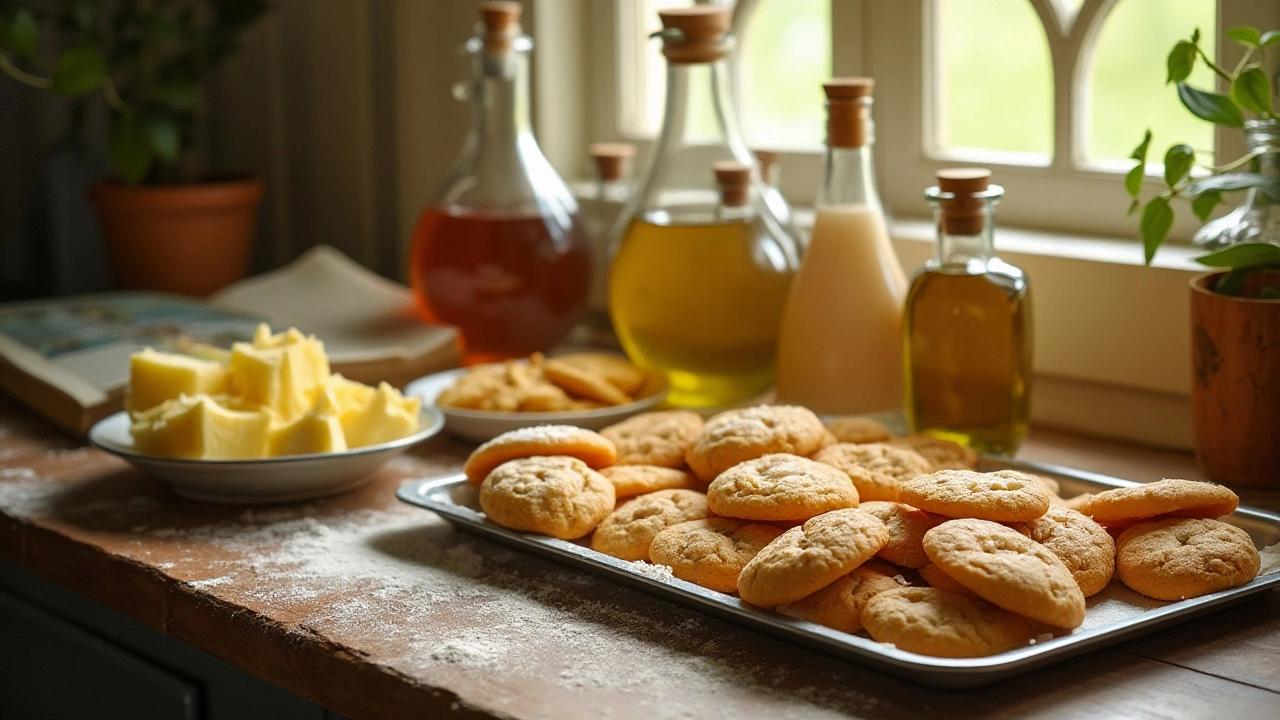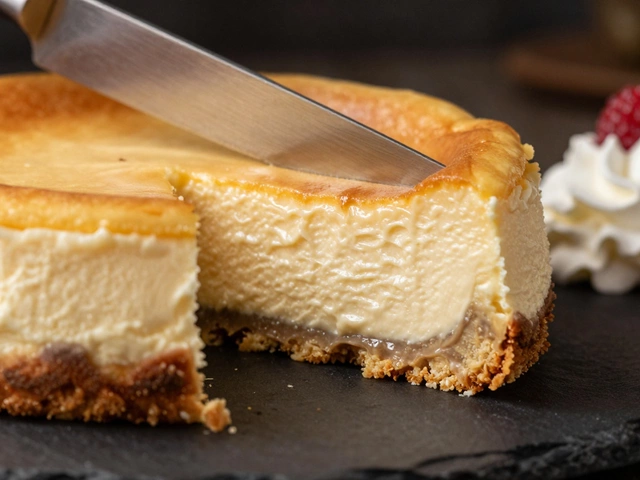Butter vs Oil Cookies: Which Fat Gives the Best Bite?
Ever wonder why some cookies melt in your mouth while others stay firm? The secret is often the fat you use. Butter and oil behave differently in dough, and swapping one for the other can change texture, flavor, and spread. Below you’ll find simple facts and quick tips so you can decide what works best for your next batch.
How Butter Changes Your Cookies
Butter brings a rich, creamy taste that many bakers love. Because it’s solid at room temperature, it creates little air pockets when you cream it with sugar. Those pockets lift the dough a bit, giving cookies a softer, more cake‑like crumb. Butter also contains water, which turns into steam during baking and helps the cookie rise and then set.
One downside is that butter melts quickly, so cookies can spread more on the sheet. If you want a thicker, puffier bite, chill the dough before baking or add a bit more flour. Butter also adds a buttery flavor that oil can’t match, making it perfect for sugar‑based recipes where that taste shines.
How Oil Changes Your Cookies
Oil stays liquid at room temperature, so it spreads the dough evenly without creating air pockets. The result is a denser, chewier cookie that holds its shape better. Because there’s no water in oil, you won’t get the same steam lift, so the cookie stays flatter and more uniform.
Oil also makes the dough easier to handle—no need to soften butter or worry about it being too cold. It’s a great choice for gluten‑free or vegan recipes, especially when you use a neutral oil like canola or a flavorful one like coconut. Keep in mind that oil doesn’t add any buttery taste, so you may want to boost flavor with vanilla, spices, or extra chocolate chips.
When swapping butter for oil, use about ¾ of the amount called for. For example, if a recipe asks for 1 cup of butter, replace it with ¾ cup of oil. This ratio keeps the fat level balanced and prevents the cookies from becoming too greasy.
Deciding between butter and oil also depends on the type of cookie you’re making. For classic chocolate chip or sugar cookies that need a tender crumb, butter is king. For oatmeal, peanut butter, or brownie‑style cookies where chew is prized, oil works wonders.
Finally, experiment with a mix of both. Using half butter and half oil gives you buttery flavor plus the chewiness of oil. Try a small test batch, note the spread and texture, and adjust ratios until you hit your perfect bite.
Bottom line: butter gives flavor and lift, oil gives chew and stability. Choose the fat that matches the texture you crave, or blend them for the best of both worlds. Happy baking!





